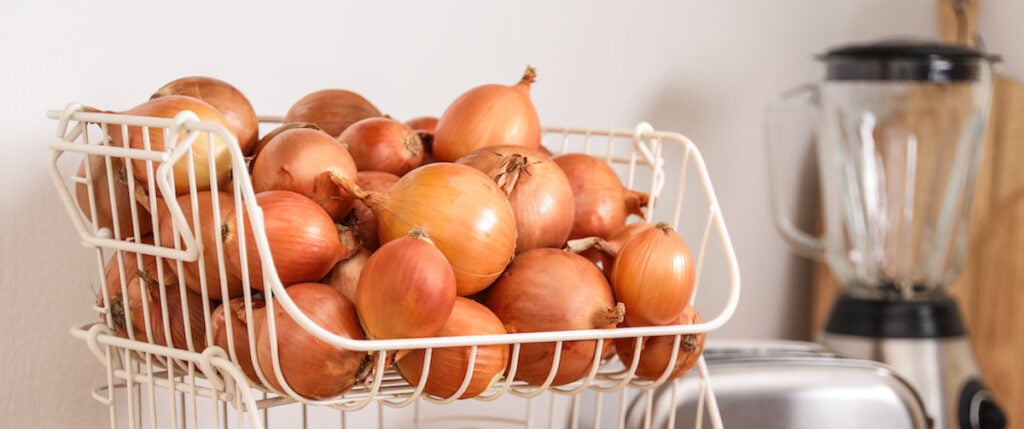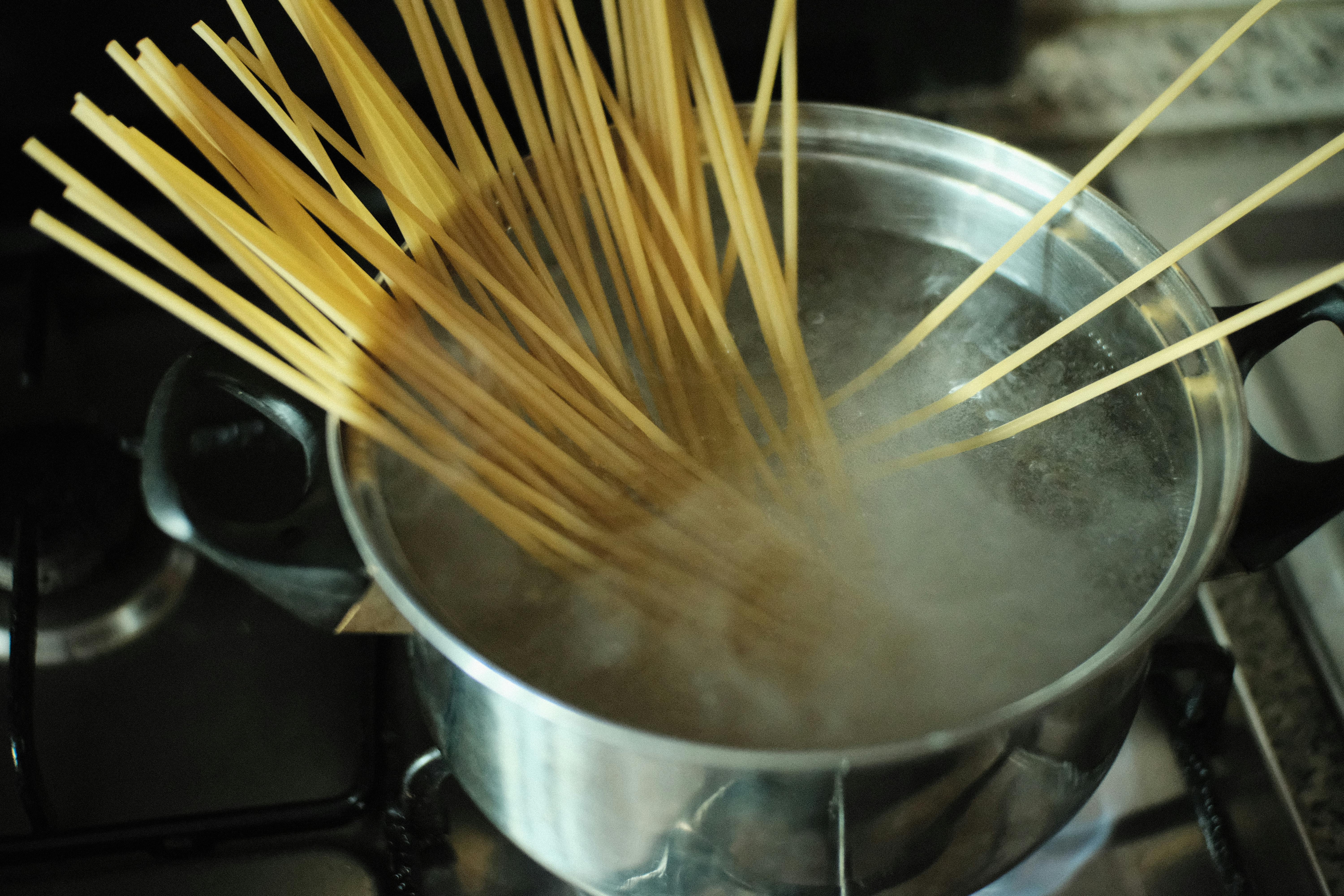
Effective Ways to Clean a Hat for Improved Longevity in 2025: Discover the Best Methods!
Maintaining the quality and longevity of your hats is essential, especially as we embrace new cleaning techniques in 2025. Hats are not just functional items; they also represent personal style and hygiene. From caps to cloches, each type requires specific care to remain in pristine condition. This article will explore effective ways to clean hats, the best practices for different materials, and tips for maintaining their shape and freshness.
By following the proper hat cleaning methods, you can ensure that your favorite headwear lasts for years. Whether you're dealing with stubborn stains or odors, the right cleaning techniques can refresh your hats without compromising their integrity. Key takeaways will include effective cleaning methods, eco-friendly options, and expert recommendations that address common challenges associated with regular hat maintenance. So let’s dive in!

Essential Cleaning Techniques for Different Types of Hats
Understanding the appropriate cleaning techniques for various hat types is vital. Whether you own a baseball cap, a wool beanie, or a straw sun hat, knowing how to clean a hat properly will help preserve its shape and material. Each hat type has specific characteristics that require tailored approaches to ensure they are cleaned without damage.
Cleaning Baseball Caps: Best Practices
Baseball caps are a staple in many wardrobes, but they also attract sweat and dirt. To maintain their appearance, it’s best to hand wash them gently. Use a soft-bristle brush with mild detergent diluted in water to scrub any stains. Always remember to avoid machine washing, as it may distort the cap's shape. Rinse thoroughly and air dry to keep the structure intact.
Washing Wool Hats: Key Considerations
Wool hats require a gentler approach. Begin by spot cleaning any stains with a cloth dampened in lukewarm water mixed with a wool-safe detergent. Avoid soaking, as this can cause wool to shrink. Post-cleaning, reshape the hat and lay it flat to air dry, avoiding direct sunlight to prevent fading.
Cleaning Straw Hats: Methodology
Straw hats are popular for warm weather, but they also need dedicated care to avoid damage. Start by brushing off dirt with a soft brush. If necessary, wipe down the hat with a damp cloth. Avoid soaking and always keep them away from moisture, which can warp their structure. To remove odors, sprinkle baking soda inside the crown and let it sit overnight before shaking it out.
Best Products for Hat Cleaning: Recommendations
Using the right products can significantly enhance the cleaning process and help preserve your hat’s lifespan. Identifying the best cleaning solutions tailored to your hat's material ensures effective maintenance without risk of damage.
Detergents and Soaps for Cleaning Hats
Opt for mild, eco-friendly detergents specifically designed for delicate fabrics. For instance, products like wool wash are perfect for maintaining the integrity of wool hats, while gentle fabric spray cleaners work well for cotton materials. Remember to always read the care label for the best results.
Cleaning Accessories: Importance and Usage
Investing in cleaning accessories, such as soft-bristle brushes, can make a significant difference. Brushes help dislodge dirt without damaging materials, while microfiber cloths are great for a quick wipe-down. Additionally, a hat dryer can help maintain the shape while drying, which is crucial for preserving its quality.
Home Remedies for Odor Removal
Natural solutions like vinegar and baking soda are excellent for tackling odors in hats. Mix equal parts water and vinegar in a spray bottle, lightly mist the inside of the hat, and let it dry. For baking soda, simply sprinkle it inside, let it sit for a few hours, and shake out the excess. These remedies are effective and safe on most hat materials.

Proper Hat Cleaning Methods: Guidelines and Techniques
Implementing proper hat cleaning methods is critical for maintaining headwear hygiene. Different techniques can address various issues such as stains, odors, and general dirt while respecting the fabric of your hats.
Spot Cleaning Techniques: When to Use Them
Spot cleaning is ideal for minor stains or specific areas requiring attention. Always use a soft cloth or sponge with a dedicated cleaner for the material, gently tapping rather than scrubbing aggressively. This method ensures that the rest of the hat remains untouched.
Hand Washing vs. Machine Washing: An In-Depth Look
While some hats can withstand machine washing, it’s advisable to hand wash when possible. Hand washing gives you greater control over the cleaning process, reducing the risk of damaging the fabric. When machine washing, always use a gentle cycle and place the hat in a protective garment bag to prevent bending or losing its shape.
Steam Cleaning Hats: When It's Beneficial
Steam cleaning can effectively sanitize hat materials without excessive moisture. Use a hand-held steam cleaner to gently lift dirt and odors without soaking the hat. Be cautious to keep the steam at a distance to avoid any fabric damage. This method not only cleans but also helps reshape hats that may have lost their form.
Common Mistakes to Avoid When Cleaning Hats
Many hat owners make common mistakes that can irreparably damage their hats. Being aware of these pitfalls can save you time and money in the long run, ensuring your headwear remains fresh and intact.
Using Harsh Chemicals: Why to Steer Clear
Harsh chemicals can degrade the fibers of your hats, leading to fading and structural damage. Always opt for gentle, fabric-friendly products to maintain quality. Always conduct a patch test on an inconspicuous area first before applying any cleaner extensively.
Improper Drying Techniques: Keeping Hats in Shape
Drying hats improperly can lead to misshapen brims and crowns. Avoid placing them in direct sunlight or using a tumble dryer, as heat can warp the fabric. Always air dry hats, preferably by laying them flat. Use hat forms for structured pieces to maintain their original shape.
Neglecting Regular Maintenance: The Importance of Consistency
Lastly, neglecting to clean your hats regularly can lead to more substantial issues down the line. Establish a routine that includes spot cleaning and thorough cleaning sessions based on how often you wear your hats. Maintaining a consistent schedule helps keep hats fresh while preventing build-up of dirt and odors.
Hat Care FAQs: Common Questions Answered
As with any aspect of clothing maintenance, hat care has its share of questions. Below are some frequently asked questions that address common concerns regarding hat cleaning and maintenance.
How Often Should I Clean My Hats?
Frequency of cleaning depends on usage. If you wear your hats frequently, aim to clean them every month. For less frequently worn hats, a few cleanings per season may suffice. Regular checks for stains and odors can also help gauge when cleaning is necessary.
Can I Use a Washing Machine for All Hat Types?
No, not all hats should be machine washed. Always check the label for cleaning instructions. Generally, structured hats should be hand washed. However, soft caps may sometimes handle a delicate machine wash.
What Are the Best Methods to Store Hats?
Proper storage is as essential as cleaning. Store hats in a cool, dry place, ideally in a hat box or on a dedicated shelf. Avoid stacking hats on top of one another to prevent crushing. If possible, shape them using forms or stuff them with tissue paper to maintain their structure.
Conclusion: Smart and Sustainable Hat Cleaning
In conclusion, maintaining your hats with the right cleaning techniques boosts their longevity and keeps them looking fresh. Implementing these best practices ensures you're prepared for wear and tear without compromising quality. Remember to choose or make eco-friendly cleaning solutions when possible, and never hesitate to consult professionals when needed. With consistent care, your hats can remain stylish and functional for many years to come.